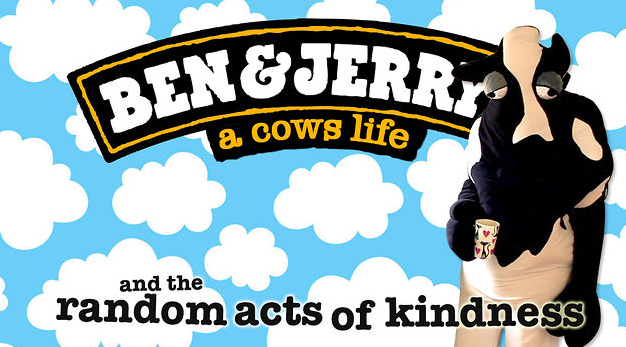Tag: relationship marketing examples

Relationship Marketing: The Best 15 Ways to Find and Win Customers
Social networking is not about farming followers, it’s a way of cultivating relationships. Is relationship marketing strategy a term you recognize? It is not really a new concept, just a new term perhaps. Do you use relationship marketing to improve your business? Think about the process of developing and managing customers’ individual relationships with your firm.…